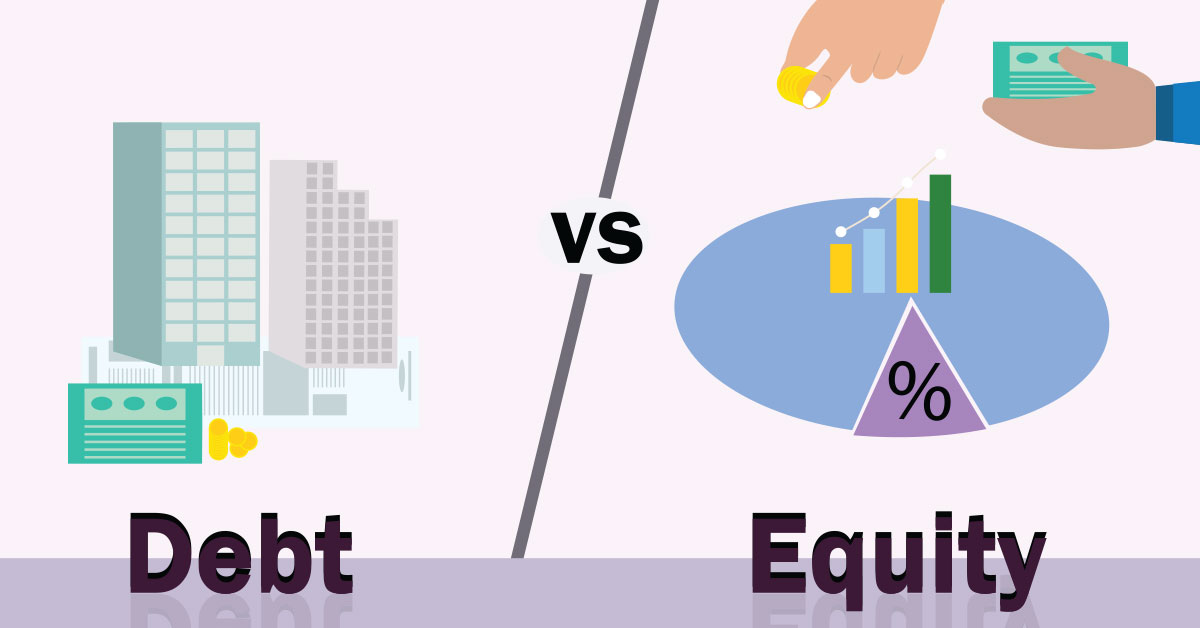
Posted on January 20, 2024 by MergerDomo
Valuation Strategies for Financial Investments: Achieving a Balance between Risk and Reward
Financial Investors (FIs) navigate a complex landscape when seeking lucrative opportunities in the market. Achieving a balance between risk and reward is a perennial challenge, especially in dynamic economic environments. This article delves into various valuation strategies that FIs can employ to make informed investment decisions, maximizing returns while managing risks effectively.
I. Understanding Valuation in Financial Investments:
“Valuation is the process of determining the intrinsic value of a financial asset or investment opportunity”. It involves assessing the present and potential future worth of an investment based on various factors, including financial metrics, market conditions, and qualitative analysis. FIs utilize a range of valuation methods to evaluate potential investments, and understanding these strategies is crucial for optimizing investment portfolios.
II. Common Valuation Methods:
A. “Discounted Cash Flow (DCF) Analysis”:
“A basic technique for valuation called discounted cash flow (DCF) analysis calculates the present value of a sequence of future cash flows.” Financial analysts forecast future cash flows, calculate the Net Present Value (NPV) by applying a discount rate, often the cost of capital. This approach takes the time worth of money into account to give a comprehensive picture of an investment's potential.
B. “Comparative Company Analysis (CCA)”:
CCA entails contrasting a target investment's financial indicators with those of comparable businesses operating in the same sector. Relative value is evaluated using ratios such as ‘Price-to-Earnings (P/E), Price-to-Book (P/B), and Earnings Per Share (EPS)’. FIs might use benchmarking versus peers in the industry to find assets that are overvalued or under-valued.
C. “Comparable Transaction Analysis (CTA)”:
Comparing a target investment's financial indicators against those of businesses engaged in comparable transactions is what CTA does, just as CCA. When using this strategy, the prices paid in recreation.
D. “Dividend Discount Model (DDM)”:
DDM focuses on valuing stocks based on their expected future dividend payments. FIs project future dividends and discount them back to present value. This method is particularly relevant for income-oriented investors seeking stable returns through dividends.
III. Balancing Risk and Reward:
A. Risk Assessment:
1. “Market Risk”: Analyse how the investment is affected by macroeconomic variables including interest rates, inflation, and geopolitical events.
2. “Company-Specific Risk”: To determine the risks involved with a certain investment, evaluate elements such as competitive positioning, quality of management, and financial stability.
3. “Liquidity Risk”: Consider the ease with which an asset can be bought or sold in the market, as illiquid investments may pose challenges during market downturns.
B. Portfolio Diversification:
Diversification is a key strategy for balancing risk. FIs should allocate investments across various asset classes, industries, and geographies to minimize the impact of adverse events on the overall portfolio. A well-diversified portfolio can enhance returns while mitigating risk.
C. Dynamic Asset Allocation:
Continuously reassess and adjust the asset allocation within a portfolio based on changing market conditions and investment goals. Dynamic asset allocation allows FIs to capitalize on emerging opportunities and protect against potential downside risks.
IV. Incorporating Economic Indicators:
A. Interest Rates:
Changes in interest rates can significantly impact the valuation of financial assets. FIs should be attentive to central bank policies, inflation expectations, and yield curve movements to make informed investment decisions.
B. Economic Growth:
Assess the overall economic health and growth prospects of a region or industry. Investments in sectors aligned with robust economic growth may offer higher returns, but they may also be exposed to higher volatility.
C. Inflation Expectations:
Think about how inflation affects the actual return on investments. Commodities and real estate, which act as a hedge against inflation, can be excellent complements to a diverse portfolio.
V. Special Considerations for FIs:
A. Private Equity and Venture Capital:
For FIs involved in private equity or venture capital, valuation strategies may include assessing the potential for exit through IPOs or mergers and acquisitions. Valuation in these sectors often involves evaluating the growth potential and scalability of the invested companies.
B. Fixed-Income Investments:
FIs investing in fixed-income instruments need to consider interest rate movements, credit ratings, and the issuer's financial health. Bond pricing models, such as the Yield to Maturity (YTM), help gauge the attractiveness of fixed-income securities.
VI. Realistic Expectations and Due Diligence:
A. Manage Expectations:
Acknowledge that all investments come with a certain degree of risk, and it's essential to set realistic expectations. Avoid succumbing to the allure of high returns without carefully considering the associated risks.
B. Thorough Due Diligence:
Before committing to an investment, conduct thorough due diligence. This entails carefully examining financial statements, evaluating the calibre of management, comprehending the competitive environment, and examining any triggers or hazards.
VII. Intrinsic Value Calculation:
A. “ Intrinsic Value Formula”:
“The intrinsic value (IV) of an investment can be calculated using the “DCF model”:
“IV= [{D0 * (1 + g)}/{r - g}]
Where:
- (D0) is the most recent dividend paid,
- (r) is the discount rate,
- (g) is the growth rate of dividends.”
B. Calculating Intrinsic Value for NextGen Mobility:
Using the given dividend of INR 12 per share and growth rates of 10% for the next five years and 6% thereafter, the intrinsic value can be calculated using the appropriate discount rate of 12%.
VIII. Intrinsic Value after One Year:
A. Intrinsic Value After One Year Formula:
“IV = [D1 * (1 + g)}/{r - g}]
Where:
- (D1) is the expected dividend in the next year,
- (g) is the steady growth rate.”
B. Calculating Intrinsic Value After One Year:
Calculate (D1) based on the growth rate of dividends and apply the formula using the same discount rate.
IX. Conclusion:
Valuation strategies for FIs involve a careful balance between risk and reward. By employing diverse valuation methods, considering economic indicators, and adapting to changing market conditions, FIs can make informed decisions that align with their investment objectives. The intrinsic value calculation serves as a valuable tool for assessing the fair value of investments, providing a foundation for strategic decision-making. However, it's crucial to recognize that no strategy can eliminate all risks, and a dynamic and adaptable approach is key to navigating the complexities of financial markets.




